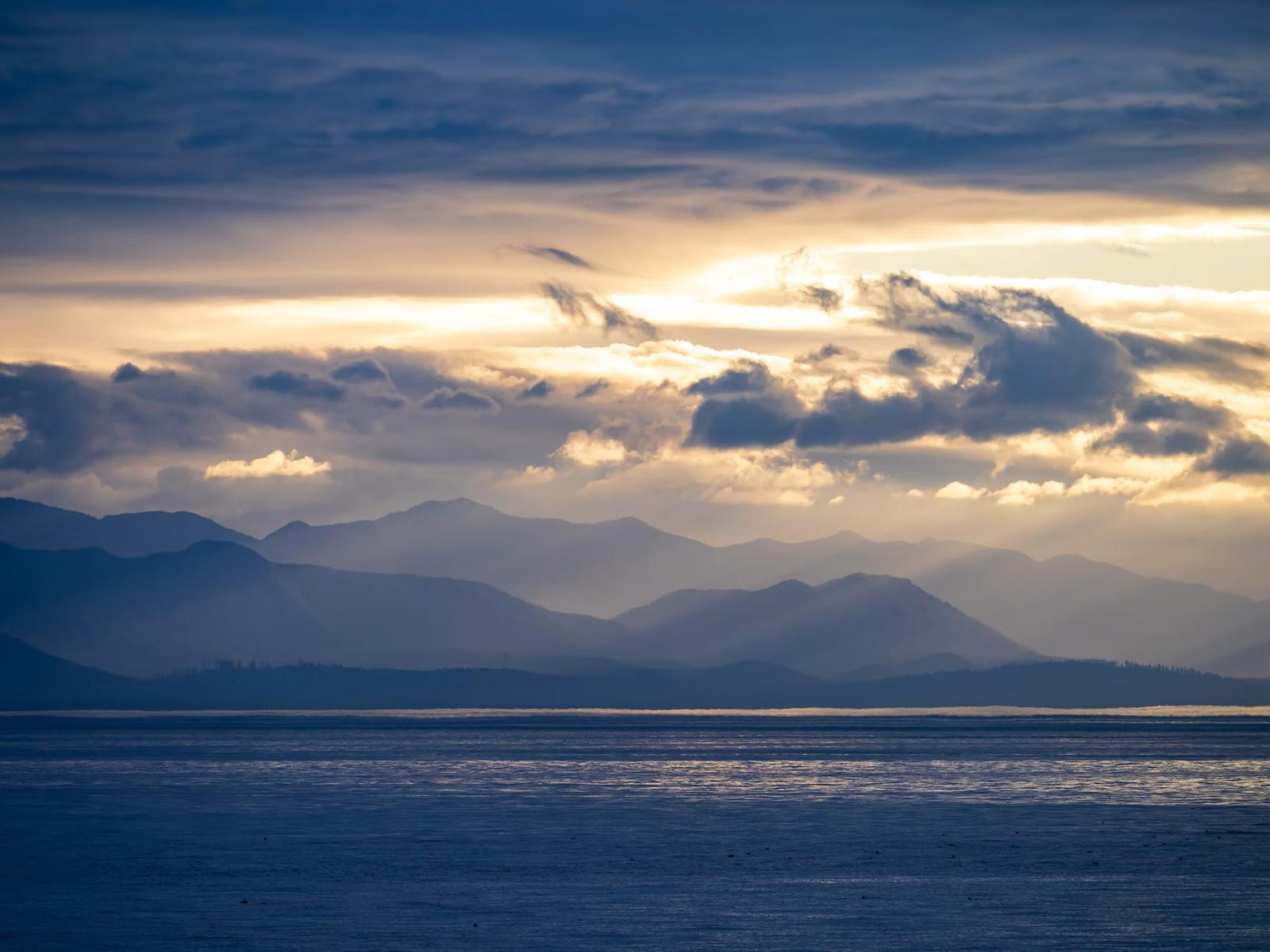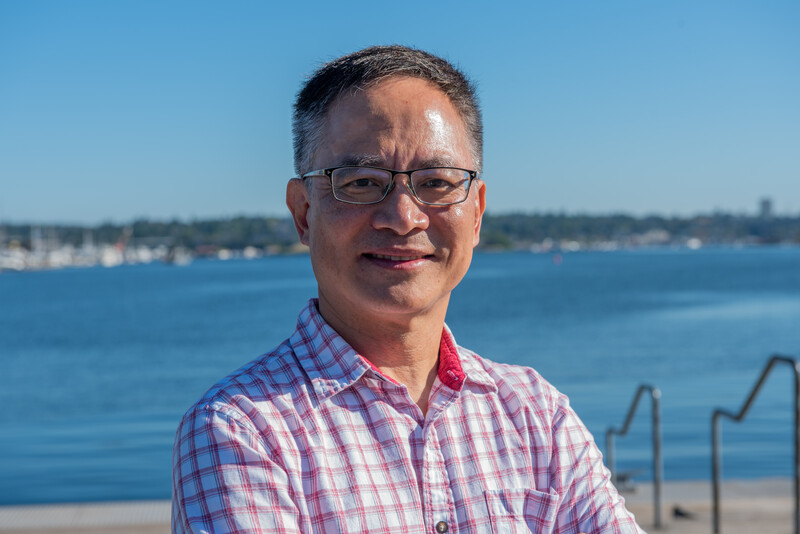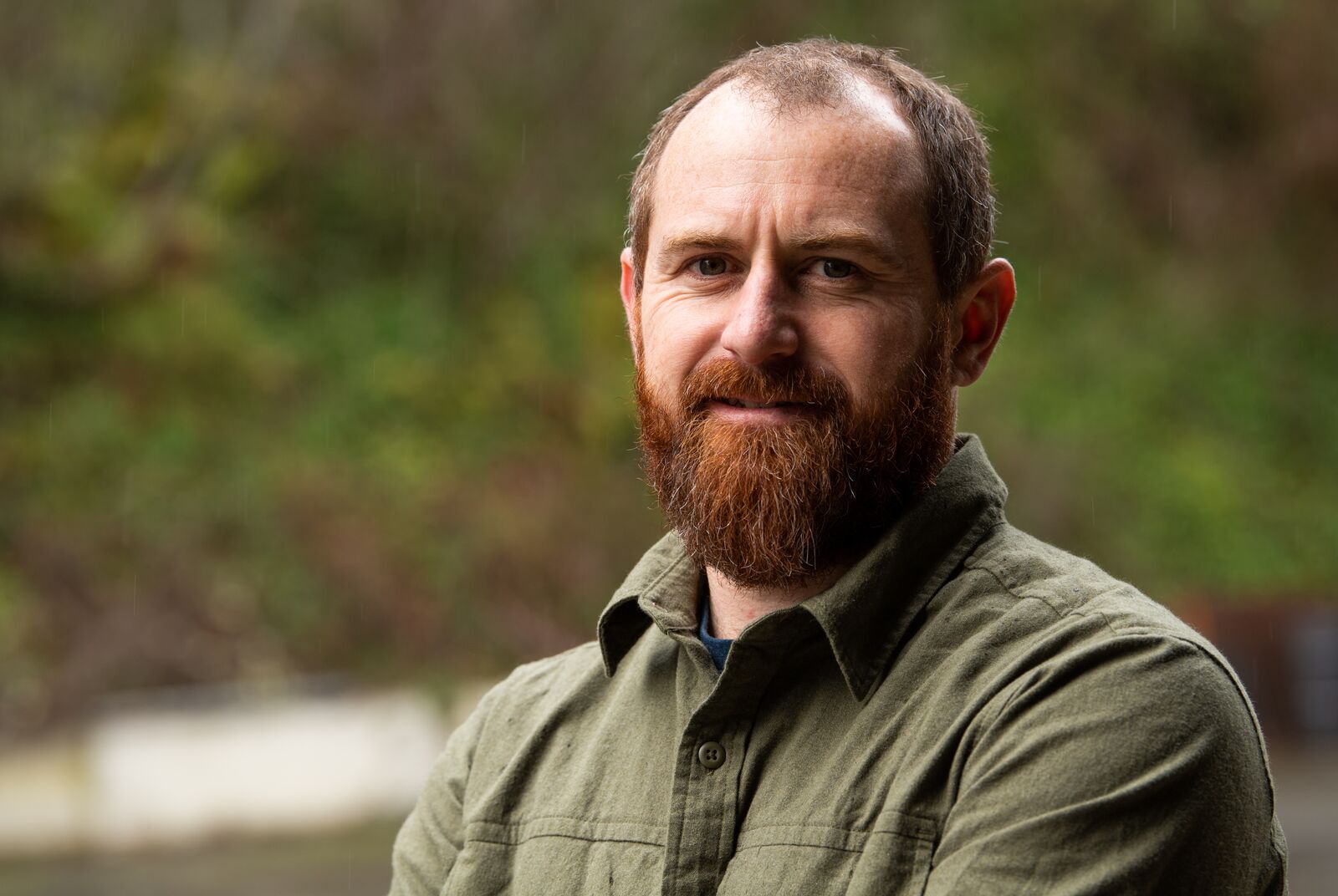PNNL Leads an Effort to Advance Marine Carbon Dioxide Removal
Department of Energy’s Advanced Research Projects Agency-Energy selects PNNL project to help accelerate the development of marine carbon dioxide removal technologies

The Salish Sea, a coastal water body of the Pacific Ocean, will be tested for viability of marine carbon dioxide removal.
(Photo by Vlad D | Unsplash)
The ocean covers seventy-one percent of the Earth’s surface and has the natural ability to capture and store carbon dioxide (CO2) from the atmosphere. To help combat the ongoing climate crisis and meet net-zero goals, researchers are tapping into this understanding to search for innovative ways to advance marine carbon dioxide removal (mCDR) technologies. Together with other CO2 removal methods, mCDR adds to the potential of mitigating the effects of climate change by possibly removing hundreds of millions of tons of harmful CO2 emissions from the atmosphere per year.
Recently, the U.S. Department of Energy’s Advanced Research Projects Agency-Energy (ARPA-E) selected a Pacific Northwest National Laboratory (PNNL) modeling project as one of eleven efforts to accelerate the development of mCDR technologies. The project is part of the Sensing Exports of Anthropogenic Carbon through Ocean Observation (SEA-CO2) program.
The PNNL project team will develop new models and experiments to assess a variety of Ocean Alkalinity Enhancement (OAE) techniques being developed by industry partners. OAE involves adding alkaline substances to seawater, which enhances the ocean’s ability to absorb CO2 from the atmosphere. Once in the ocean, the CO2 that is taken up remains stable over long time scales in the form of dissolved inorganic carbon. This process naturally occurs when weathered rocks dissolve in the ocean, producing alkalinity and spurring chemical reactions to covert CO2 into stable forms of carbon. The goal of OAE is to substantially speed up this natural process.

The numerical models and lab experiments will be used to evaluate how OAE changes the chemistry of the water and to provide data to support OAE siting and scenario design to accelerate Co2 removal.
“We’ll conduct experiments to establish among the first experimental data directly applicable to parameterizing OAE processes in ocean models,” said Earth Scientist Nicholas Ward.
Zhaoqing Yang, principal investigator and chief scientist for coastal modeling, explained the importance of regional testing of the model.
“The ocean has the largest capacity to sink carbon, but first we need to evaluate where it is most effective to do so. We can develop a model for OAE mCDR and use the experiment data to support the model development, but we also need to test the model in various U.S. coastal waters,” he said.
PNNL will collaborate with the Virginia Institute of Marine Science, University of Washington, and University of Alaska at Fairbanks to integrate the OAE model into their regional-scale ocean models and configure the biogeochemistry parameters with carbon-relevant datasets to investigate the effectiveness of OAE techniques for the Chesapeake Bay, Salish Sea, and Gulf of Alaska.

“It is very exciting to have the opportunity to combine knowledge gained from experiments conducted in our lab with regional-scale ocean models to greatly improve our ability to predict how effectively different OAE technologies are at sequestering atmospheric CO2,” Ward said.
The model will also help inform and support a measurement, reporting, and verification (MRV) framework and standard for mCDR. As new mCDR technologies emerge, it is important that standardized MRV approaches are used to understand the impacts and effectiveness of different solutions.
“We have pulled together a team of experts with various backgrounds and are leaning on other partners to support lab experiments, model development, testing in multiple coastal regions, and MRV,” Yang said. “One of the strengths of our project is this network of partnerships that has been formed.”
Published: December 5, 2023